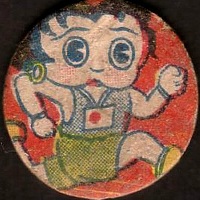Betty in Japan
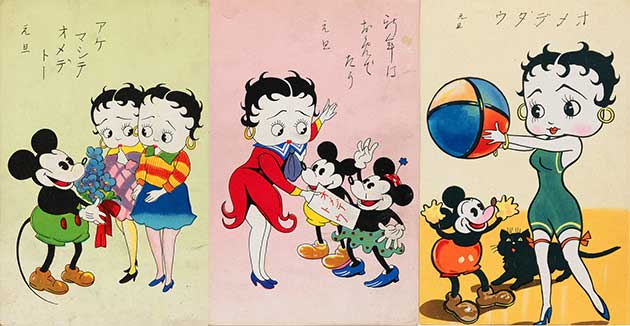
During the 1930s, Betty Boop's popularity soared in Japan. The distributor for the Fleischer Studios was Paramount who, according to their advertising also handled Disney films in Japan. During that period Paramount's Tokyo branch promoted the Betty Boop series.




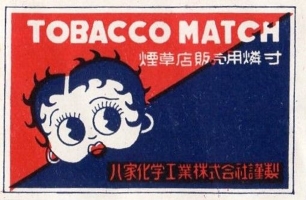

After the character had become popular, she began to be referenced in Japanese media of the 30s. The male protagonist who appears in the japanese cartoon Tengu Taji (1934) has a resemblance to Betty Boop. In the film Our Neighbor Miss Yae a Betty Boop cartoon can be seen being watched by a Japanese audience.

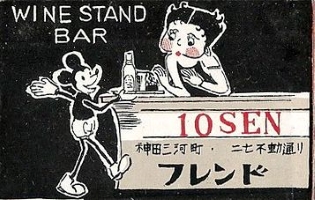
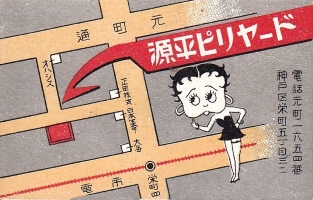
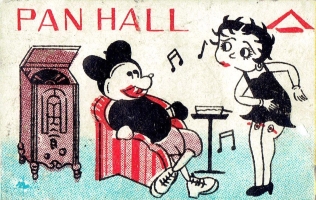

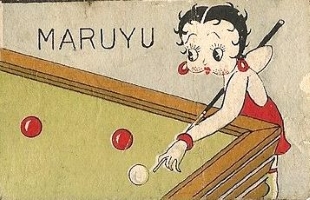
Most original Betty Boop products from the 1930s were made by small enterprises in Japan. No records were kept of these unauthorized pieces. Betty often appeared on small items like postcards, advertisments, matchbooks, and baseball menko cards. Cartoon characters from different studios were often combined, since copyright and trademark rules were not at all enforced.








In response to this popularity the studio made the 1935 cartoon A Language All My Own. In it, Betty not only pilots her own plane and wears a kimono, she actually sings in Japanese! Head animator, Myron Waldman, was so concerned that the depiction of all things Japanese be authentic, that he asked several Japanese exchange students to preview the film before it was released.
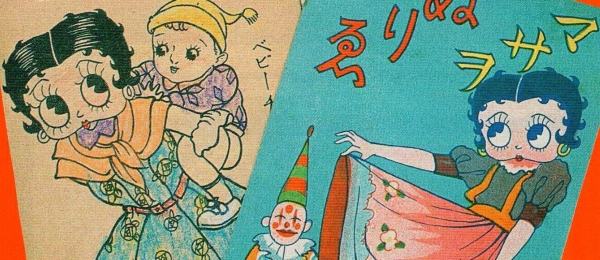
Osamu Tezuka was heavily inspired by Betty Boop, you can see the influence in the designs of Princess Knight and Astroboy. Click here to see more Betty Boop references in anime.











